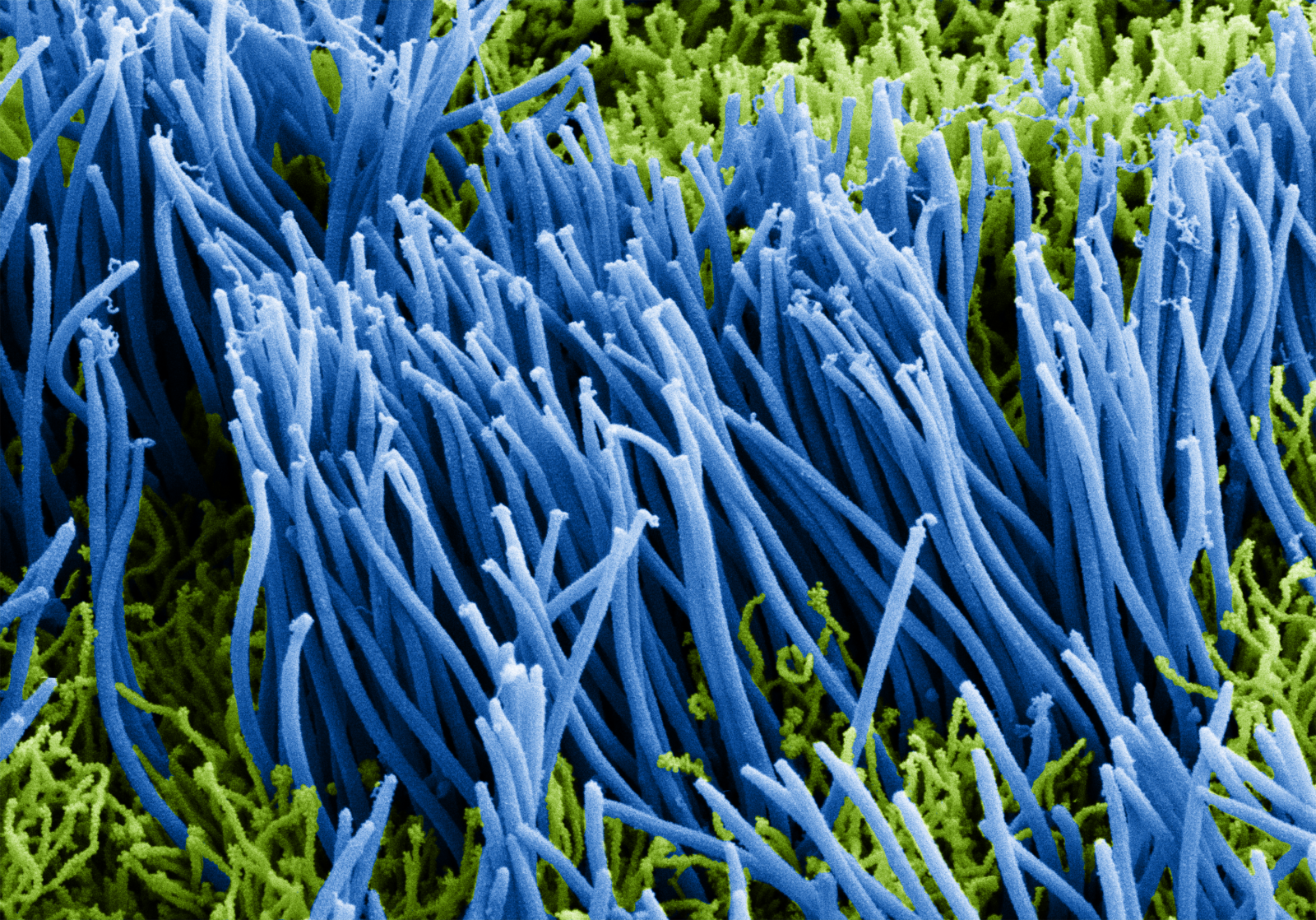Inflammation
Employ EpiAirway’s diverse inventory of healthy and diseased donors (Asthma, COPD, Smokers) to elucidate molecular pathways involved in respiratory diseases and assess therapeutic efficacy of inhaled or systemic drugs.
METHODS
EpiAirway tissues (Figure 1) are equilibrated overnight under standard culture conditions (37°C, 5% CO2) with EpiAirway Assay Media (AIR-100-ASY). 18-24 hours later the apical surface of the tissue is washed twice by adding 400 μl DPBS into the culture insert and carefully aspirating to remove all liquid. Culture supernatants are aspirated and replaced with fresh, pre-warmed media. EpiAirway is exposed to test material. Following exposure, test material is rinsed from the tissue with PBS and tissues are harvested for the evaluation of inflammatory/fibrotic biomarkers.

RESULTS
EpiAirway and EpiAirwayFT are used to model and study inflammatory diseases such as Asthma, COPD and fibrosis. Intrinsic inflammatory responses are observed between healthy and diseased donors. Furthermore, induction by exogenous stimuli including virus, proinflammatory cytokines and pro-fibrotic agents exacerbate inflammatory responses, tissue remodeling and cilia function.
Request a Quote
Thank you for requesting information about Mattek products! A representative will contact you shortly.
**If you would like to place an order for Mattek products, please contact Customer Service**


